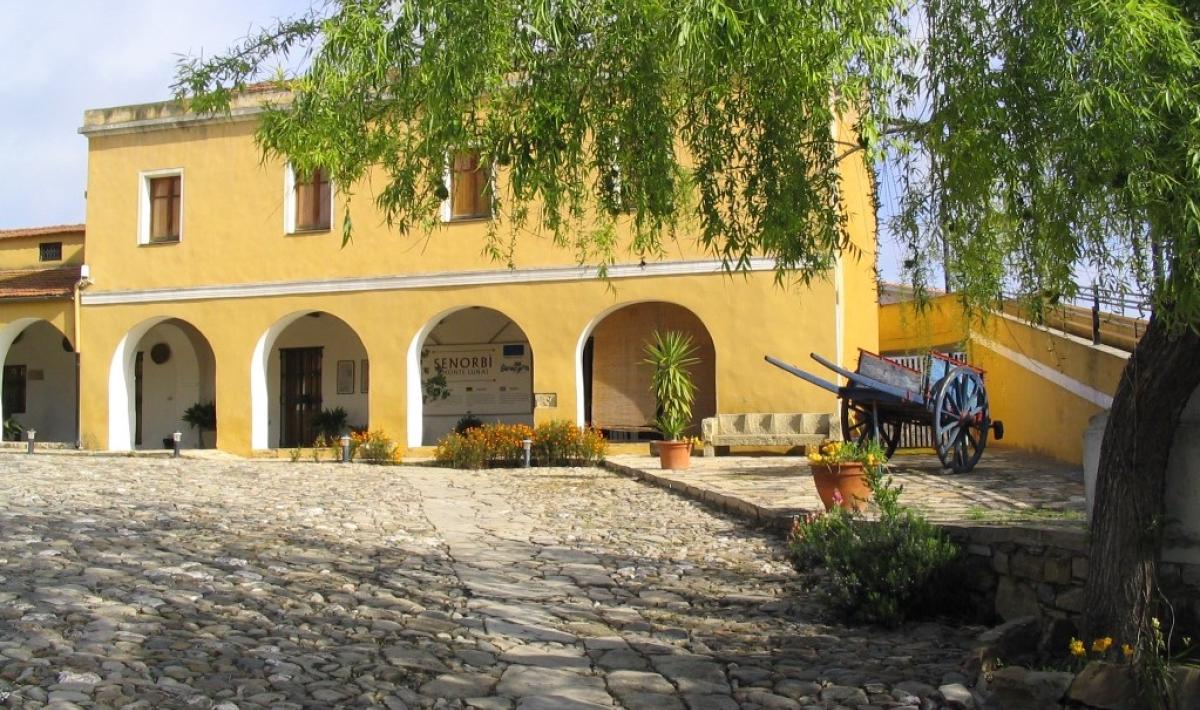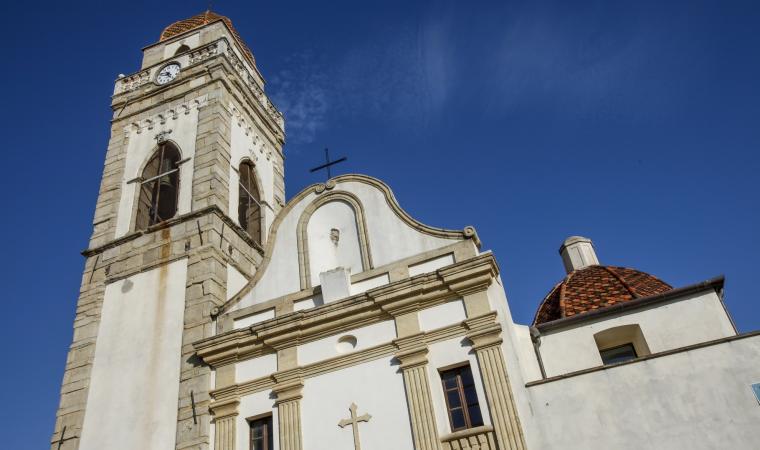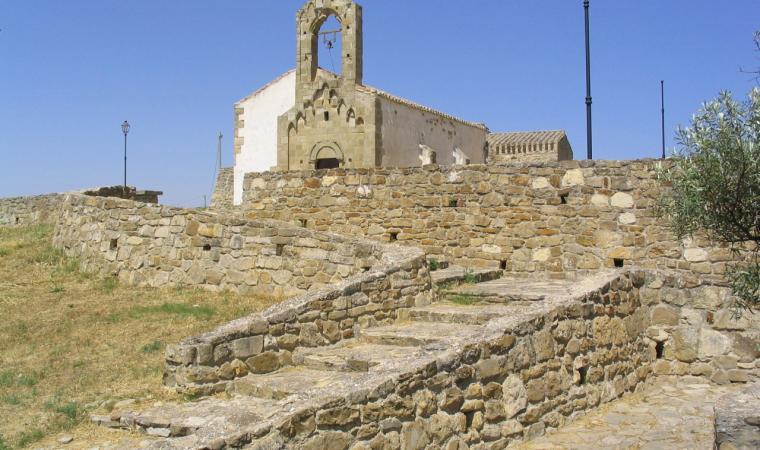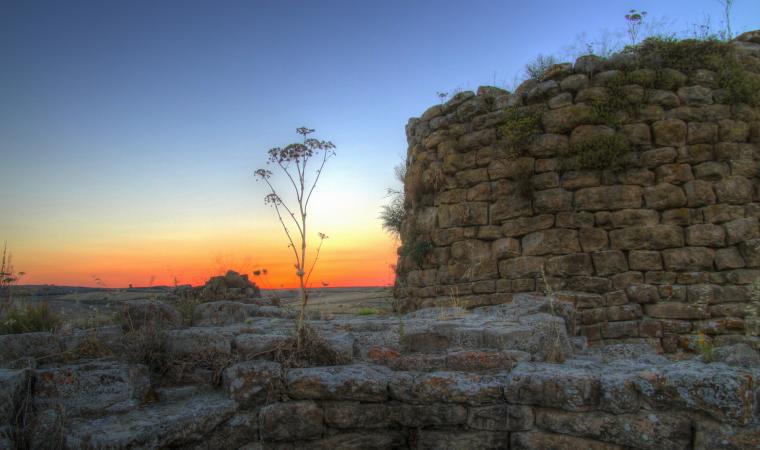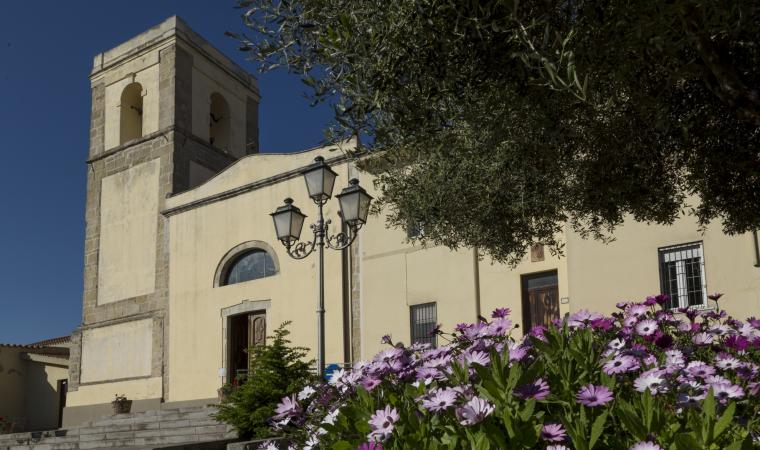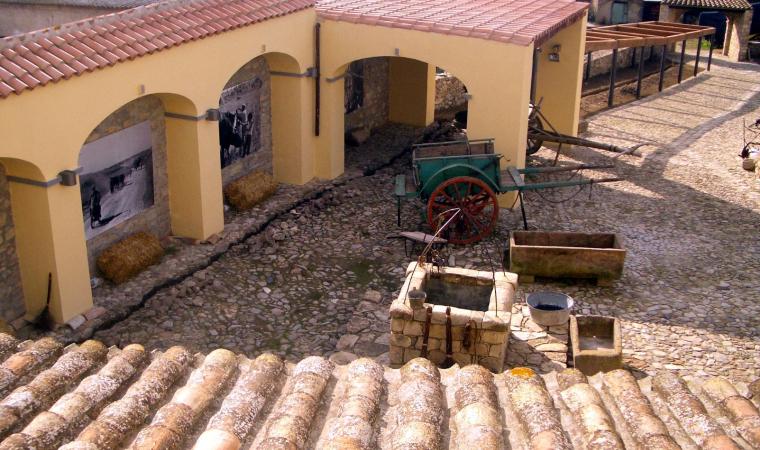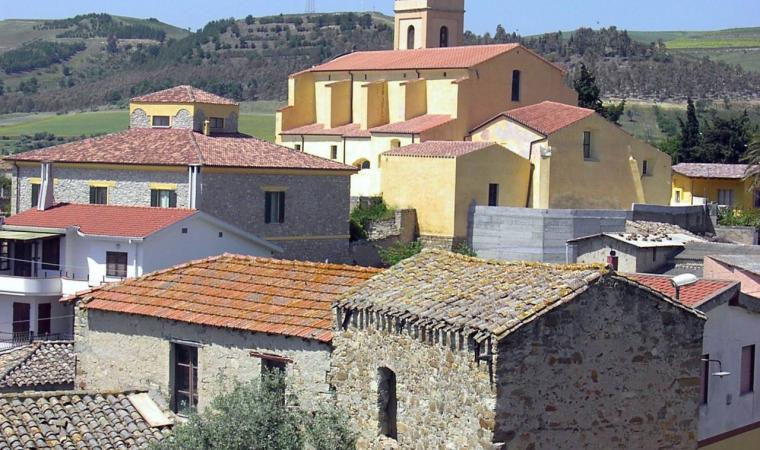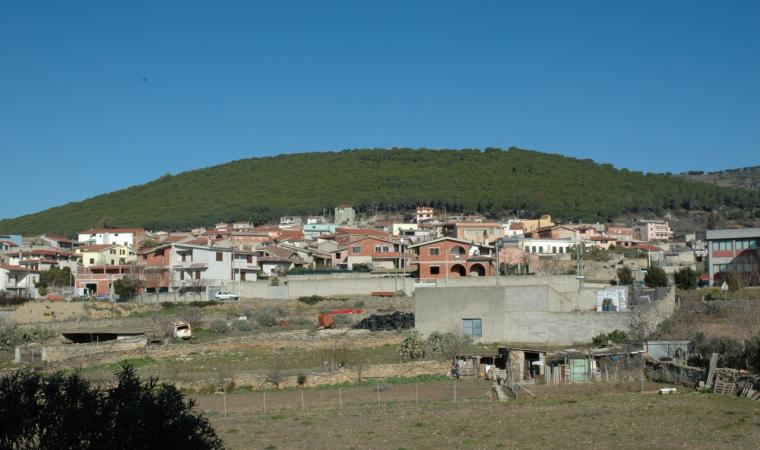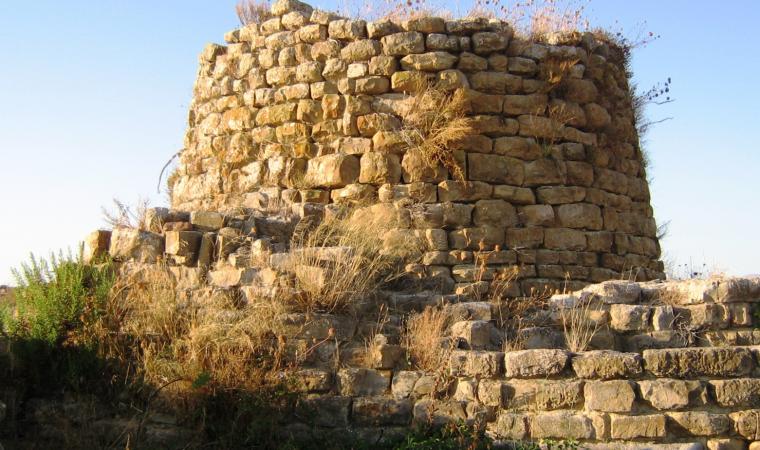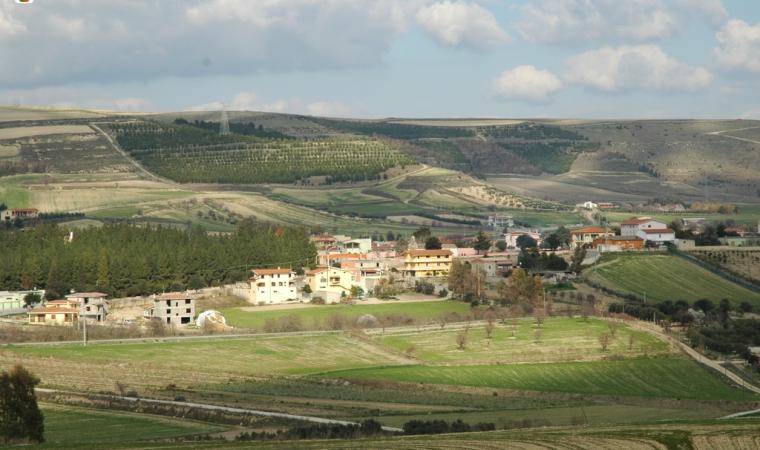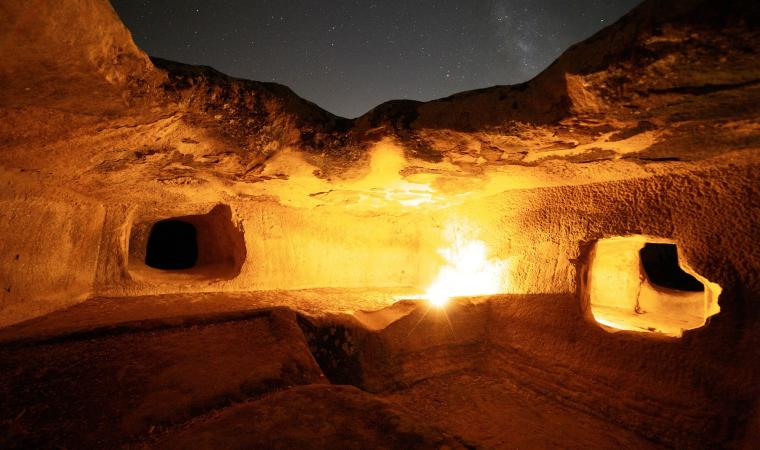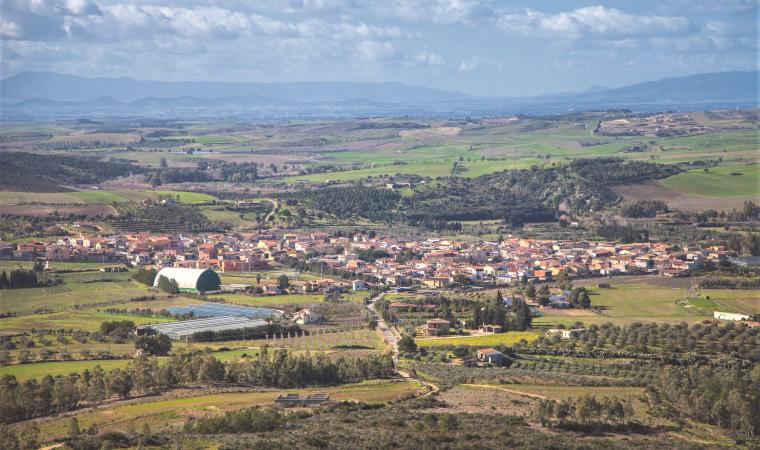A necropolis rich in grave goods, the traces of the village it depended upon and a modern museum in which artefacts from the two sites are kept all tell the story of how prosperous the Punic community that settled in the silent hills of Trexenta was and how it had a profound impact on a territory inhabited since prehistoric times that, after Punic domination, became the ‘granary of Rome’. The settlement came to be at the end of the 6th century BC. on the Santu Teru (Teodoro) high ground, two kilometres from the current municipality of Senorbì, near the confluence of two torrents, in a fertile and strategic area.
This place has been inhabited since the Late Neolithic period, as is demonstrated by fragments of decorated pottery and obsidian objects from the 4th millennium BC. The site was an outpost of Carthaginian penetration and, following the conquest of the island, it developed between the 5th and 3rd centuries BC as a thriving agricultural centre. Today, you can see the ruins of the Acropolis surrounded by a curtain wall and, on the outside, the remains of houses and other environments, such as foundry workshops perhaps. The inhabitants of Santu Teru were buried in nearby necropolises, a few dozen metres from the town, on the slopes of Monte Luna, where more than 120 tombs have been identified, mostly ‘well tombs’ with burial chambers on the sides containing one or two deceased people.

